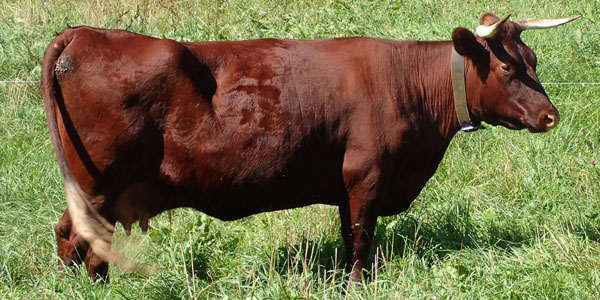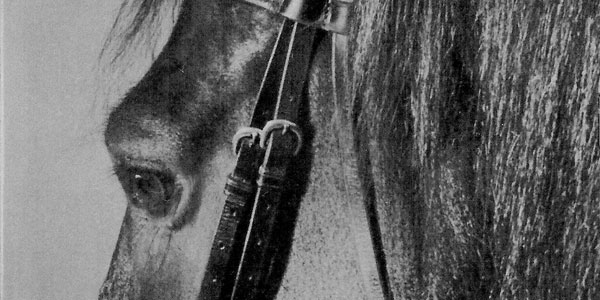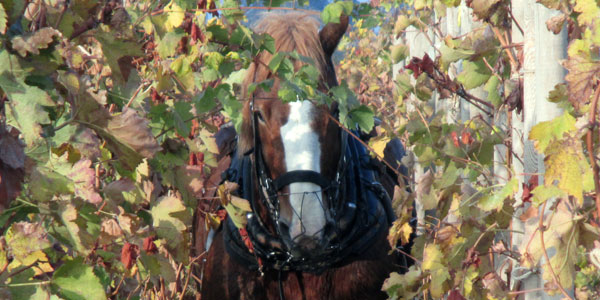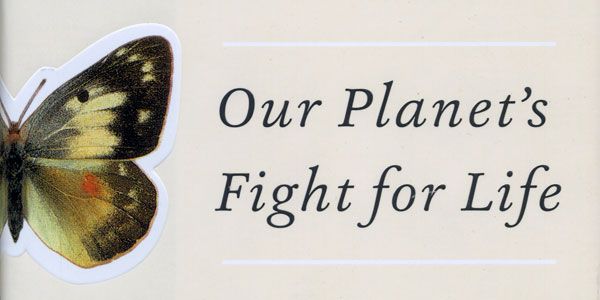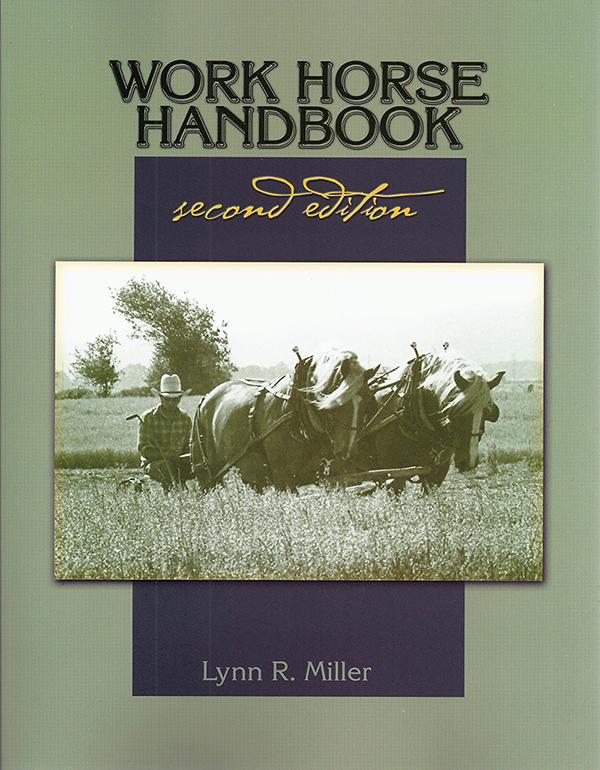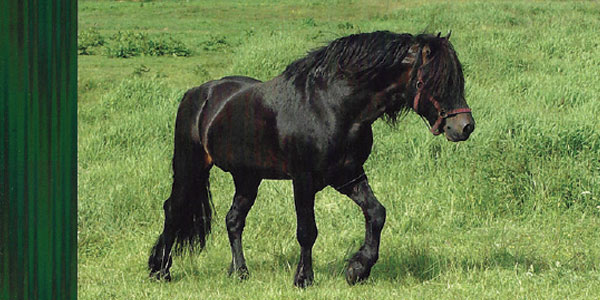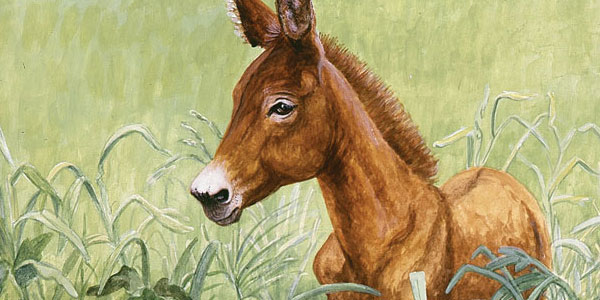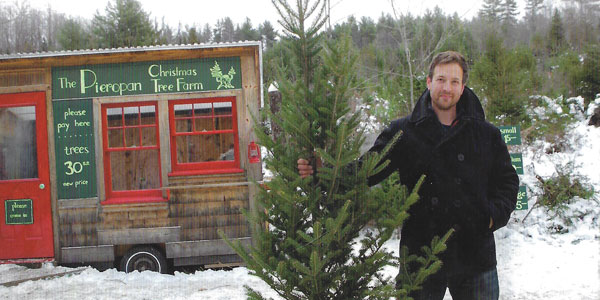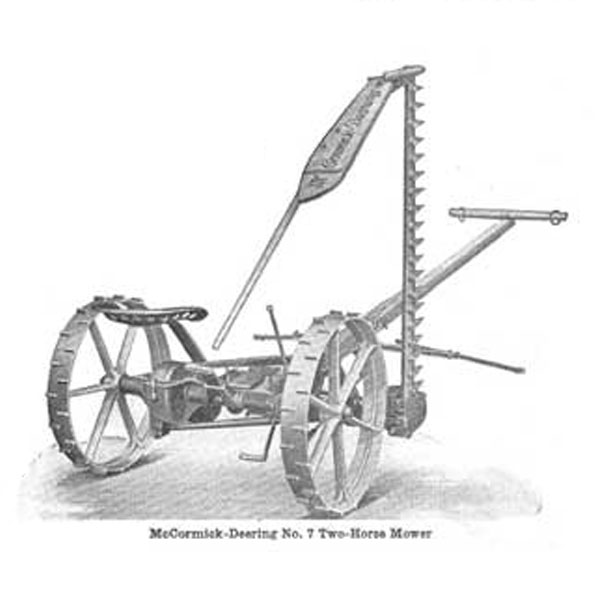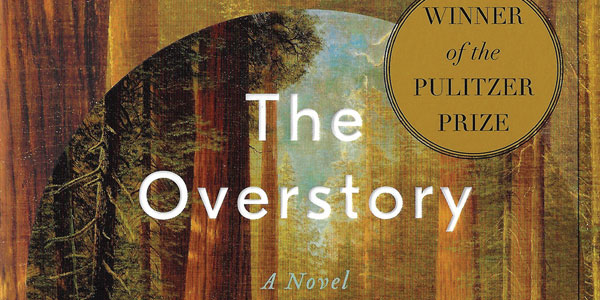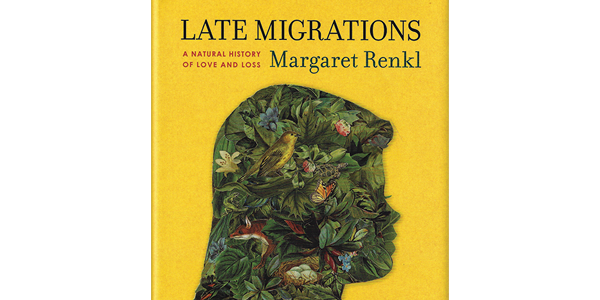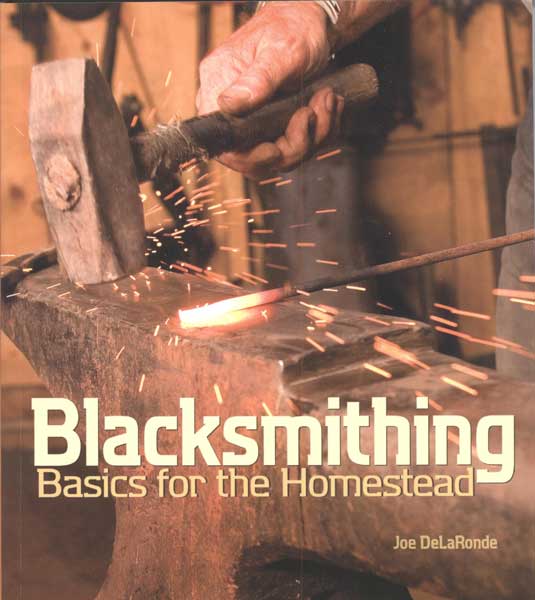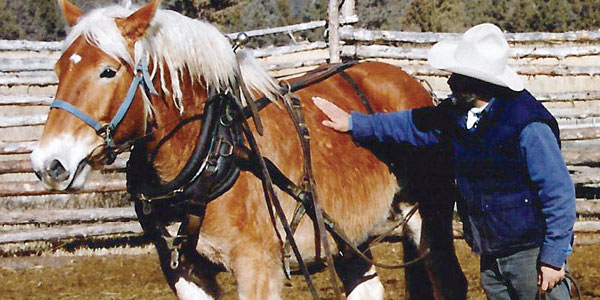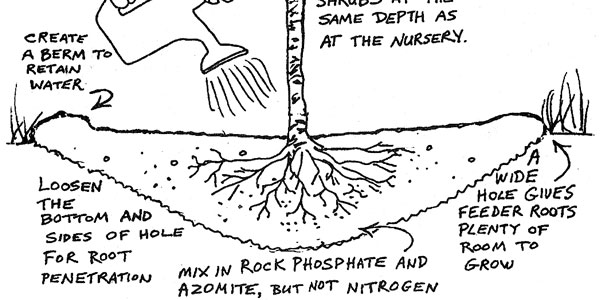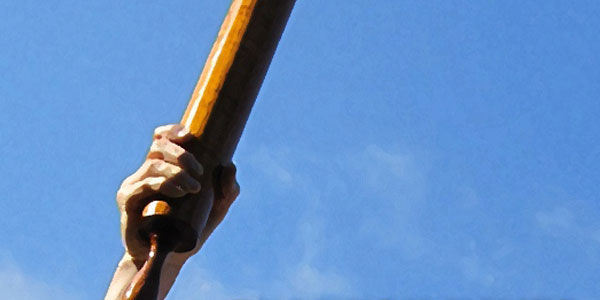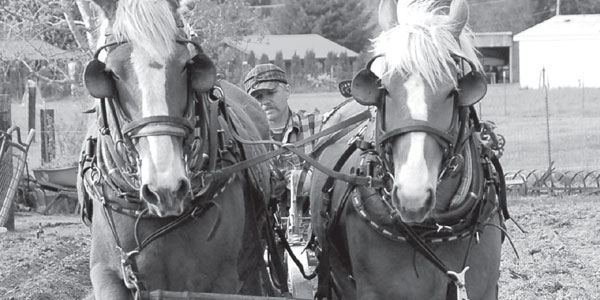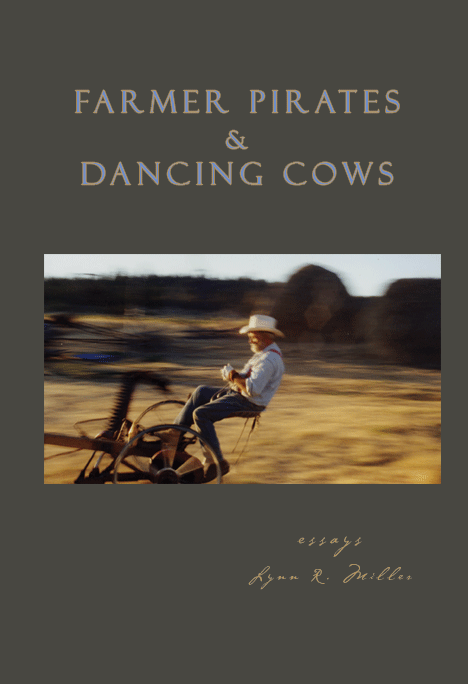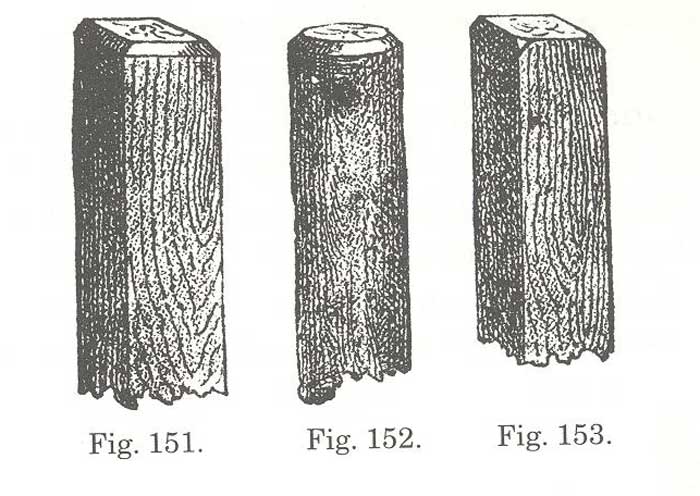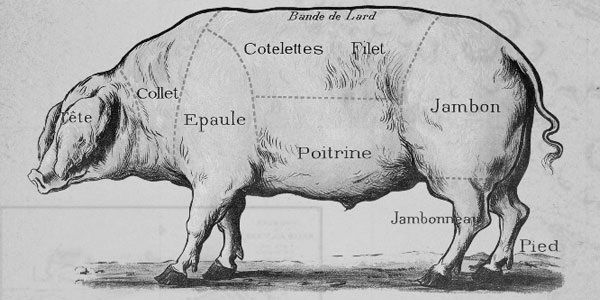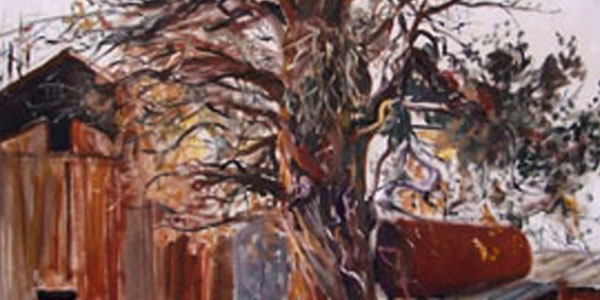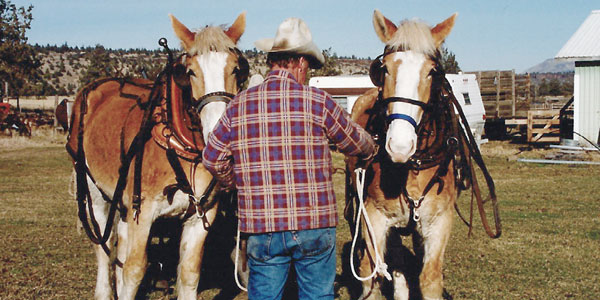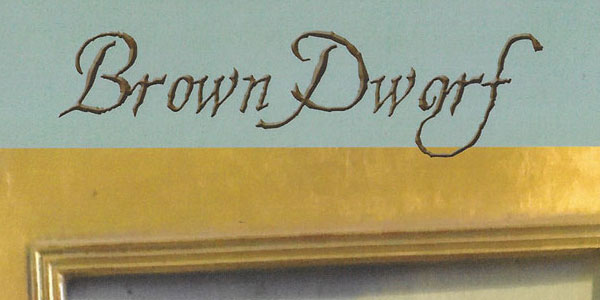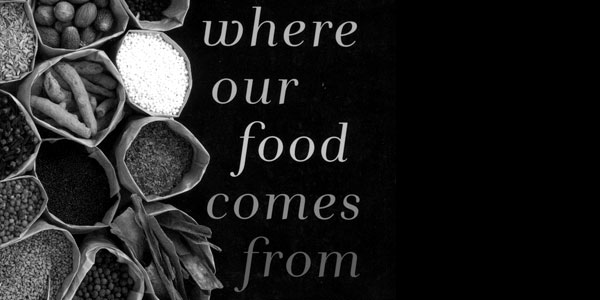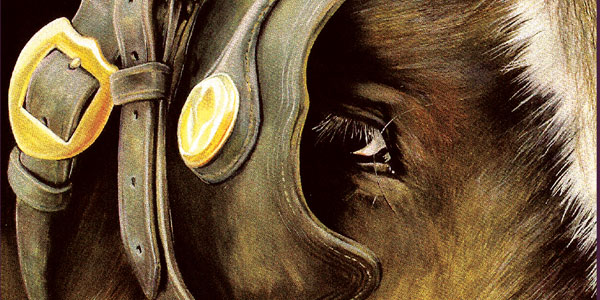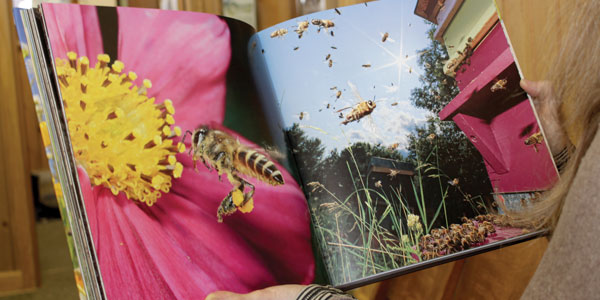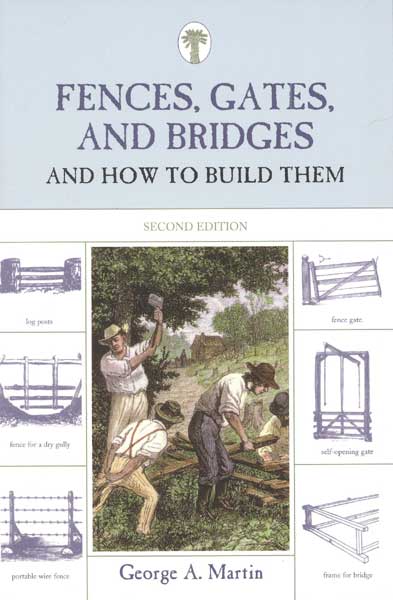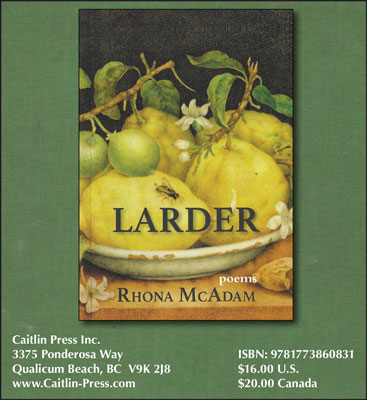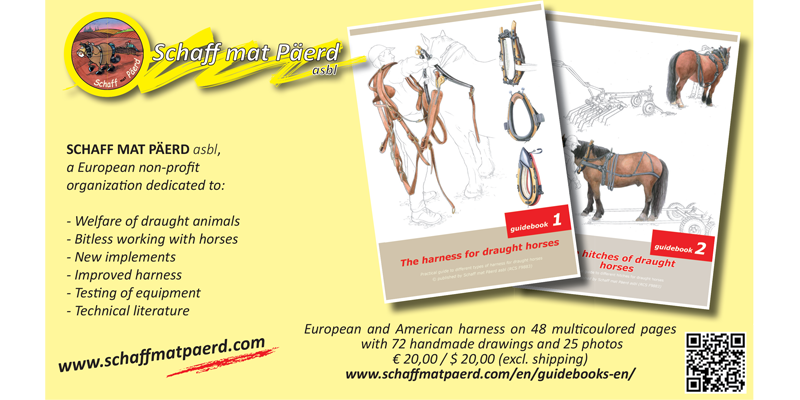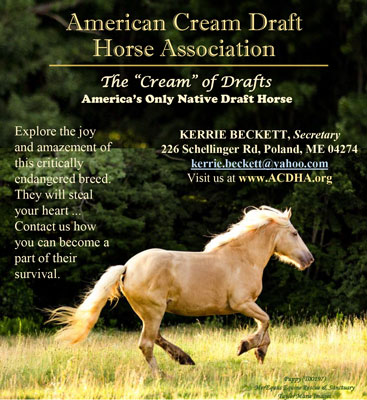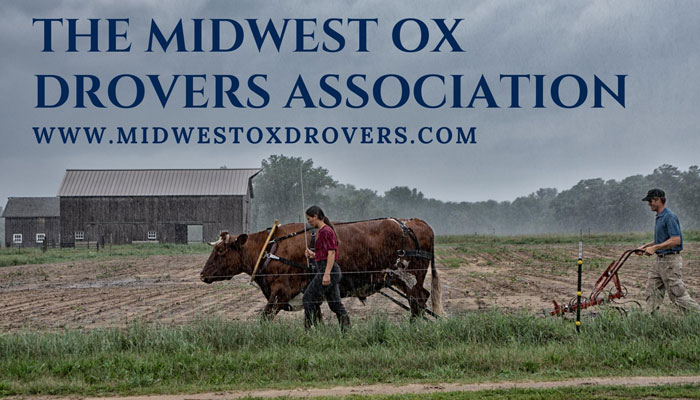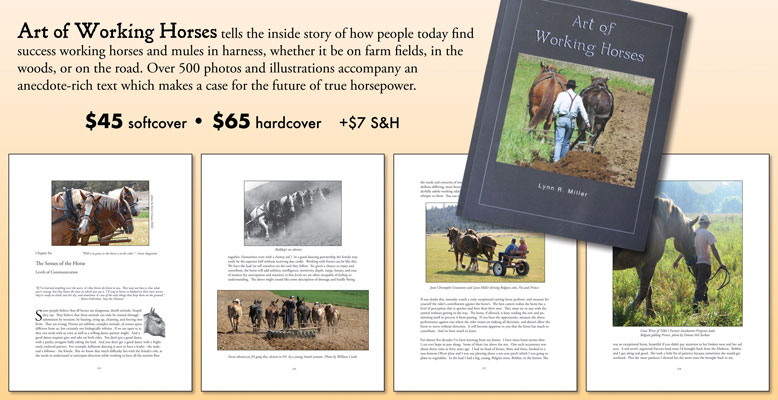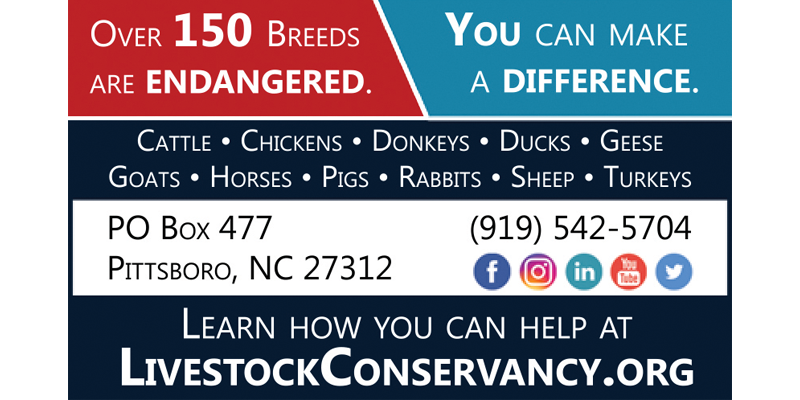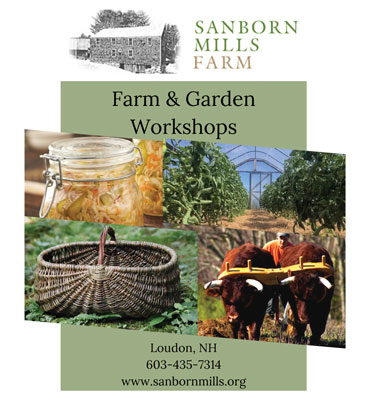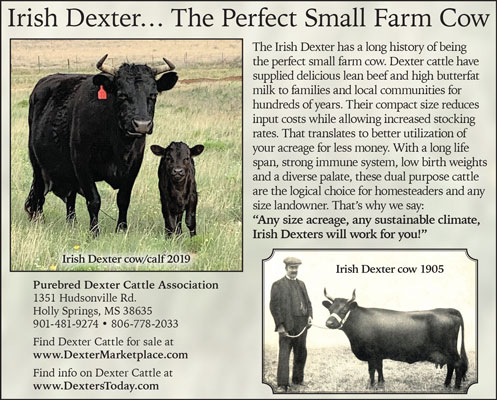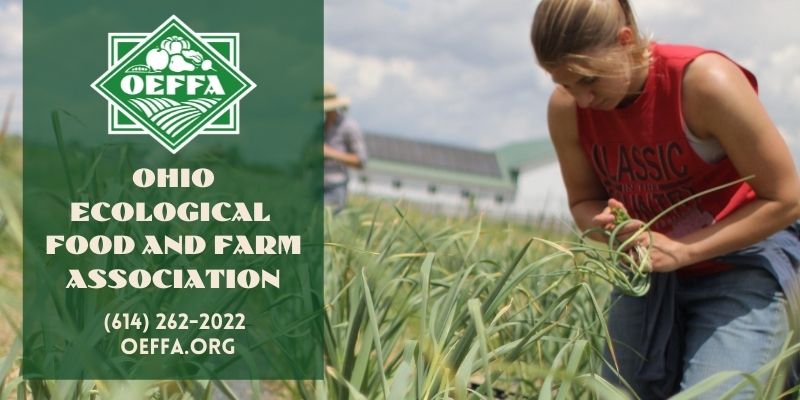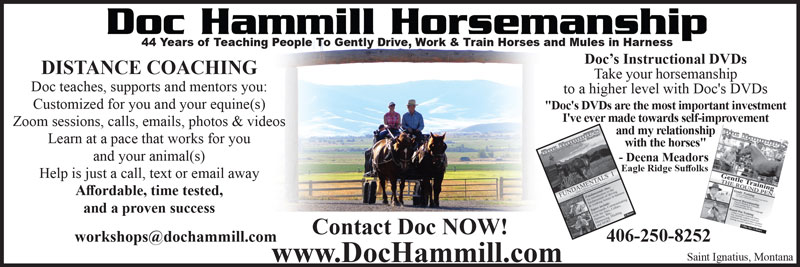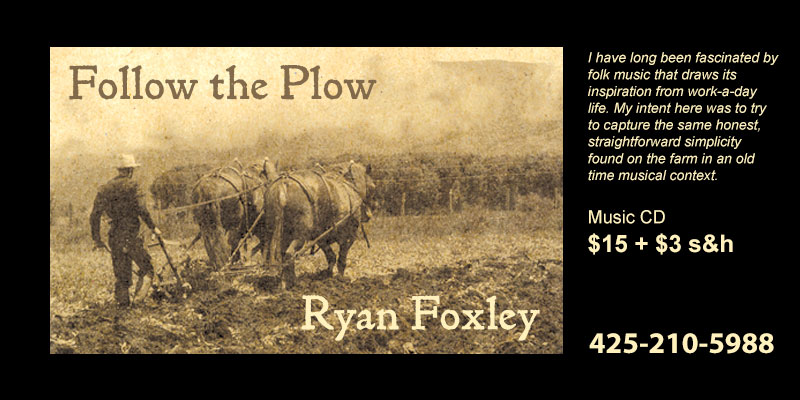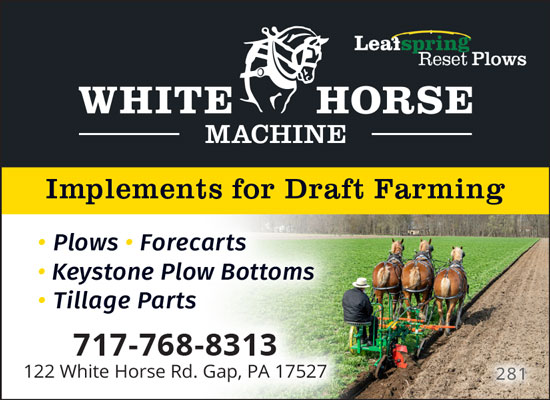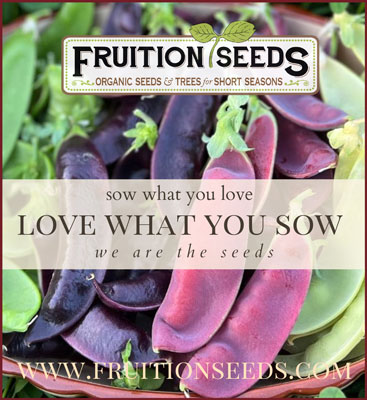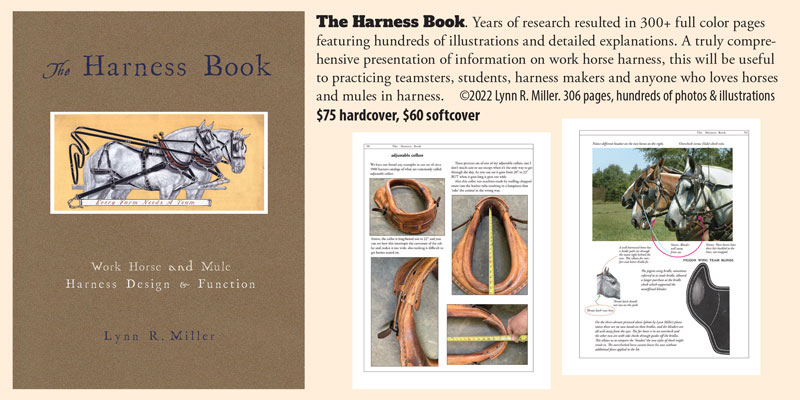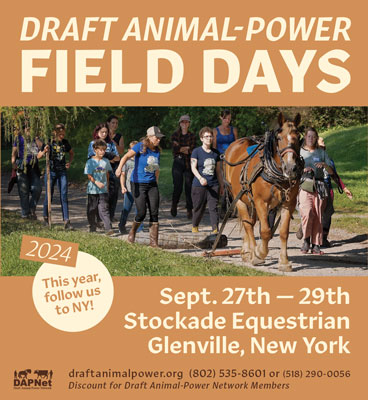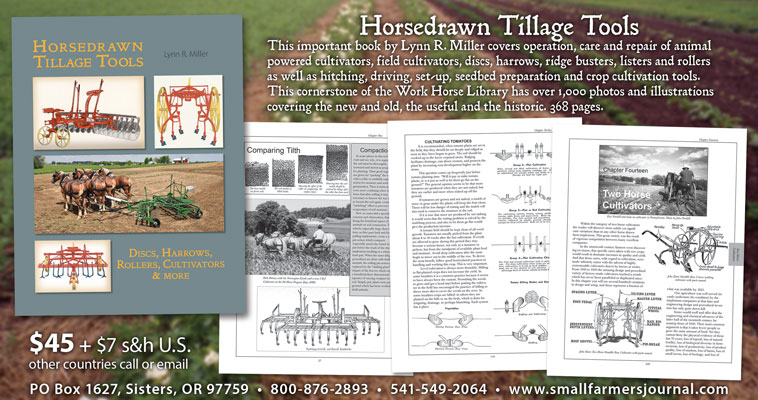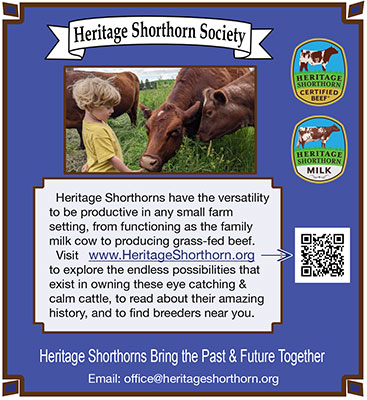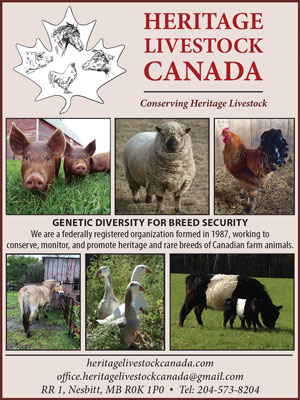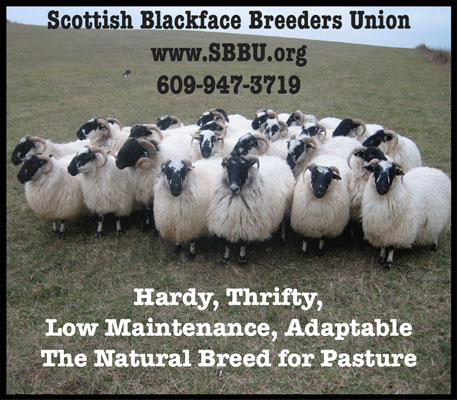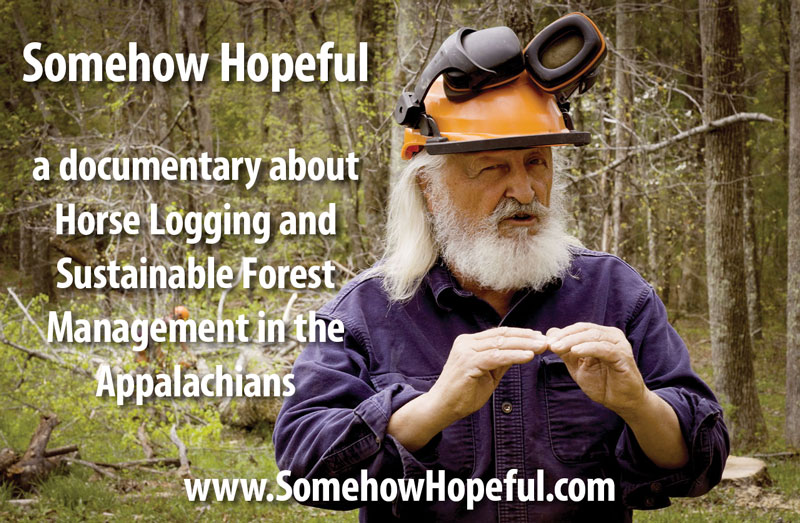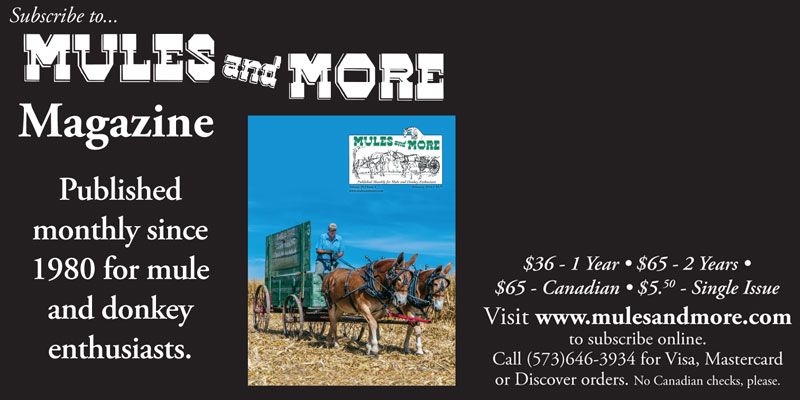MONDAY
April 15, 2024
Ground Driven PTOs
One of the ways tractors both gained and maintained their appeal is from the wider range of machinery they can power with the PTOs they carry. This definitely gave them the advantage over draft power. But is it going to stay that way? It may not have to be on a small farm. During the horsepower road trip Khoke and I went on a couple years ago, we got to see some examples from folks who knew which side of the fence they were on. We saw a number of machines that were reworked and reinvented to make them run off the power source of their choice, namely horsepower.
TUESDAY
April 16, 2024
Headlight Grape
One of the things long desired by Southern fruit growers is a good table grape, sufficiently resistant to leaf and fruit diseases to endure the climatic conditions of their section. Many varieties have been brought forward from time to time; but of the older sorts especially adapted to table use not one, either foreign or native, has yet proved successful over any large area. One of the most promising recent introductions in this field is the Headlight, which was originated by Prof. T.V. Munson, of Denison, TX, in 1895.
WEDNESDAY
April 17, 2024
John Deere Model HH Spreader
Check the adjustments on your spreader and make sure they are in proper operating condition. Hitch your team to the empty spreader to limber it up and see that it is working properly before loading. If you will turn the beaters over by hand before starting to the field, the spreader will start easier and will prevent throwing out a large bunch of manure when starting.
THURSDAY
April 18, 2024
Lost Apples
The mindboggling agricultural plant and animal diversity, at the beginning of the twentieth century, should have been a treasure trove which mankind worked tirelessy to maintain. Such has not been the case. Alas, much has been lost, perhaps forever. Here are images and information on a handful of apple varieties from a valuable hundred year old text in our library.
FRIDAY
April 19, 2024
American Milking Devons and the Flack Family Farm
On a sunny early September day I met Doug Flack at his biodynamic and organic farm, just South of Enosburg Falls. Doug is an American Milking Devon breeder with some of the best uddered and well behaved animals I have seen in the breed. The animals are beautifully integrated into his small and diversified farm. His system of management seems to bring out the best in the animals and his enthusiasm for Devon cattle is contagious.
Are you getting the SFJ Home & Shop Companion?
The Home & Shop Companion is a free weekly email newsletter. It features stories, handy hints, recipes, news, offers, projects, distractions and other stuff we think you’ll find interesting. The entire series is archived here on the website and is free to all to browse: Home & Shop Companion Archive.
SIGN ME UP FOR THE HOME & SHOP COMPANION!
Explore Small Farmer's Journal: Book Reviews
A Horse That Knows to Stand or Run
This past year like most shut-ins I’ve had time to read, write and sit quiet, but little met my need to face some ugly truths and quiet our political and social demons, until I came across this 2007 novel set in the Civil War, a ruggedly chiseled but beautifully rendered piece called COAL BLACK HORSE, by Robert Olmstead. The main character is a 14 year-old backcountry boy whose mother has a premonition, sends the boy to find his father and bring him home. They live in the Appalachian mountains, farming a high remote ridge in what is now West Virginia. The boy’s father has enlisted in the Union Army, and neither Robey Childs nor his mother Hettie knows where he is. But Hettie has heard that Stonewall Jackson has been killed, and her troubled visions and dreams lead her to send her boy out on this vague lifesaving quest.
Removing the Wheels from a McCormick Deering No. 9 Mower
How to remove the wheels of a No. 9 McCormick Deering Mower, an excerpt from The Horsedrawn Mower Book.
Art of Working Horses – A Review
Over 40 years Lynn Miller has written a whole library of valuable and indispensable books about the craft of working horses. He has helped beginners acquire the basics of harnessing and working around horses, and has led those further along to focus on the specific demands of plowing, mowing, haying and related subjects. But, in a fitting culmination, his latest book, The Art of Working Horses, raises its sights and openly ponders secrets at the heart of the work that may over time elevate it to an art.
Aboard the Planetary Spaceship
SFJ Spring 2016 Preview: Edward O. Wilson’s new book, Half-Earth: Our Planet’s Fight for Life, offers a plan for the problem of species extinction: the dominant species, man, must hold itself back, must relinquish half the earth’s surface to those endangered. It is a challenging and on the face of it improbable thought, expressed in a terse style. But his phrases are packed because the hour is late.
The Seed Detective
When I was first getting started with farming and gardening someone gave me a couple of handfuls of dry beans. They were speckled in the earth tone palette of Navajo rug colors. I know now I had possession, if only for a short time, of something rare, valuable and precious. I did not have a name for the variety and cannot tell you who gave them to me. I haven’t found those exact same beans again since. All of that and more went into my absorption with Adam Alexander’s splendid ‘mystery’ and ‘travel’ book researching the origins of vegetable seeds, The Seed Detective. The author, a film maker by trade, is an avid gardener and seed collector who chronicles his travels in search of the beginnings and heritage of vegetable varieties. The travels and the history uncovered are worth the price of this gem of a book.
Wheelwrighting: A Modern Introduction
Finally, here it is. The definitive, easy to use, book on Wheelwrighting. This 380 page text is sure to get several hundred North American wheelwrights and wannabe wheelwrights downright goosebumpy. 230 photos and 147 drawings pack this spiral bound puppy with a hefty information punch. It’s all here and written from the perspective of doing the work today. The photos do an excellent job of illustrating procedure and the drawings clearly show equipment. This book includes farm shop equipment and procedural innovations.
Somehow Hopeful
Jason Rutledge has worked in the Appalachian mountains for over 40 years. From the beginning of his career in the woods, he was told he needed to embrace modern technology, rely on heavy machinery and exploit the forest for all its worth. But, fate had different plans for Jason. Through an almost magical coincidence, a rare horse breed came into his life, and he shunned the industrial trappings of his trade and embraced the proven methods of the last thousand years.
Draft Collars and How To Size Them
It is difficult to accurately measure a horse’s neck without fitting. In other words, there are so many variables involved in the shape and size of a horse’s neck that the only accurate and easy way to size the neck is to use several collars and put them on one at a time until fitting is found.
The Hitches for Draught Horses – New Guidebook from Schaff mat Päerd
Regular readers of this journal will be well familiar with the amazing work of Paul Schmit and Albano Moscardo of Schaff mat Päerd in Europe. Their in-depth articles on new continental innovations in animal-drawn technologies have set a very high bar for future inquiries into the discipline. This handsome and eminently practical addition to their Guidebook series covers hitches and hitching of both European and North American types. In addition to the directly practical nature of the information, there is here a subtle and intelligent comparison of two different cultural approaches to the working of horses.
An Introduction To Farm Woodlands
The farm woodland is that portion of the farm which either never was cleared for tillage or pasture, or was later given back to woods growth. Thus it occupies land that never was considered suitable, or later proved unsuitable, for farm enterprises.
Pastoral Song – A Farmer’s Journey
I say it is a good book, much of it superb writing, with paradoxical messaging that bites itself on the ankle several times. The text comes entirely from a shepherd-writer at once torn by his journey while still living this story’s outcome right now. The book IS for the most part hot on target, stirring, elegant and vital. BUT, it too often slips and becomes side-swiping, a ‘realist’s harangue’ against those who are the better and best examples because their courageous farming comes from passion and a perpetual husbandry-alignment with nature.
How to Retrofit a Fireplace with a Woodstove
Because the venting requirements for a wood stove are different than for a fireplace you need to retrofit a stainless steel chimney liner. A liner provides the draft necessary to ensure that the stove will operate safely and efficiently.
Plowing with the Single Horse
All other aspects being equal, the primary difference in plowing, comfortably, with a single horse is that the animal walks on unplowed ground immediately adjacent to the previous furrow, rather than in the furrow. This will cause the point of draft at the shoulder to be somewhat higher and will dictate hitching longer and/or higher than with the animal walking down 5 to 8 inches lower in the furrow.
Species-rich grassland: a review
Until now, I cannot remember any instance when I found a deep-seeded scientific tome on a tight and narrow subject to be anything but a chore to read. For me, Dr. Vanselow’s Species-rich grassland is a wandering wondering thrill to read, to hold and to peruse, not so much for traditional definitions, narrative and accessibility to information, but because it spills out in a thousand directions with its connections to so many aspects of biological health and human existence in a natural world.
The Art of Bonnie Shields
There is a brand-spanking BIG new book on Bonnie, “Bonnie Shields, The Tennessee Mule Artist,” coauthored by Meredith Hodges and Bonnie. This is a lovely coffee table book; huge, in full color, and overflowing. It offers the complete body of Bonnie’s unique, humorous and beautiful work presented in an engaging scrapbook format. Here you will learn, through articles and shared stories, of the impact Bonnie has had on the humor of western culture. Bonnie’s the real deal.
Stories of Ranch Life
Throughout Thomas’ stories the reader will feel the importance of the human relationship to the land and animals, but also the value of family. “Lynn and I chose ranching because we wanted to raise cattle and horses, but soon discovered that a ranch is also the best place to raise children. Some of our kid’s first memories are of feeding cows. They went along with us as babies because mama had to drive the jeep.”
The Best Way to Grow Trees
Every year my family has to alternate between two methods for how we get our Christmas tree. My husband, having grown up acquiring trees from regular Christmas tree farms, loves the perfectly pruned and bushy variety. I love tromping around the forest to find the perfect Charlie Brown version to take home. The farm owned and operated by Emmet Van Driesche in western Massachusetts might have the best of both worlds. It is a wild place, yet cultivated. His Christmas tree farm is unusual – as stated in the title – because it is a coppiced Christmas tree farm. Coppicing is a traditional method of woodland management where the trees are periodically cut down to their stumps in order to entice them to put out new shoots that form into trees in their own right, given proper care and time and space.
Starting Your Farm: Chapter 2
How do you learn the true status of that farm with the “for sale” sign? Here are some important pieces of information for you to learn about a given selling farm. The answers will most probably tell you how serious the seller is.
Jesus for Farmers and Fishers: a review
As someone who has struggled to find the time and presence for both spirituality and farming in the past few tumultuous years, reading Gary Paul Nabhan’s book was a grounding force to me in a number of ways. His work is endlessly readable and relatable but also a deeply and carefully complex love letter to the poor and marginalized agricultural worker. In it, I felt my own call back to my roots in farming, but also the call that the ancient farmers and fishers must have felt. I held in my heart the suffering and the grief of centuries of marginalized agricultural workers striving to keep food on their own tables while also feeding the masses. No wonder Jesus, so dedicated to helping all humanity at the sacrifice of his own life, spoke in parables of sowing seeds and planting wheat.
Meat: A Benign Extravagance
If you are looking for the most complete set of observations and salient arguments around a future for livestock in farming, this book belongs on your shelf. If however your mission is to fuel the argument of veganism versus meat-eating, you will likely find yourself in the wrong room. I’m not interested in why you don’t want to eat meat, or why you do. I find that small talk unless you lived the life of either. What I am interested in is the health of our biological universe and how it is that the best farming will protect that and see it improve. Inside that sphere belong all of the plant and animal species available to the process.
Old Man Farming
Long after his physical capacities have dwindled to pain and stiffening, what drives the solitary old man to continue bringing in the handful of Guernsey cows to milk?
McCormick Deering/International: No. 7 versus No. 9
McCormick Deering/International’s first enclosed gear model was the No. 7, an extremely successful and highly popular mower of excellent design.
Roots in a Lovely Filth
The book’s story concerns a pair of young unsung hero farmers, Enno and Ahnah Duden, and a secret society that gathers itself around them, to protect these innocents and deflect the dark forces that would bring them down. The hollowing out and erasure of the nation’s rural lifestyle and substance since the early 1970s has resulted in several generations of what Lynn Miller sometimes calls “farmer pirates,” who must assume a low profile to conduct their farming, and are treated to the skepticism and scorn of the few big Agribiz players left, who rarely admit how often they too are driven to the brink of insolvency and despair.
Starting Your Farm: Chapter 5
You might think that your new farm is fenced all wrong, or that a certain tree is in the wrong place, or that a wet area would be better drained, or that this gully would make a good pond site, or that a depression in the road should be filled, or that the old sheds should all come down right away. Well maybe you’re right on all counts. But maybe, you’re wrong.
A Species to Look Up To
The interwoven human stories in the book hold many surprises, with unlikely heroes and distressingly ordinary villains. I will try not to spill the beans, but the most memorable story for me is a newly met couple who join some environmental activists, and are talked into climbing up into the canopy of an old-growth tree, to halt the clear-cutting of an ancient forest. Expecting to only be up there for four or five days, they are both alarmed and slowly charmed to be marooned 220 feet above the forest floor for a stay that stretches a year, when the beleaguered activists can’t find anyone to replace them.
Late Migrations
Late Migrations: A Natural History of Love and Loss is a very new and vibrantly important book by Margaret Renkl, a weekly contributor to the New York Times from her home in Nashville, Tennessee. Looking for a book that will realign your soul and refresh your observational senses? Here ‘tis. 219 pages of tiny, sweet, sad and illuminating stories, each spinning in place and pointing within and without to natural universe and universality. These stories, some a paragraph long, some a page, a few at two pages, are air-filled word pastries that effortlessly combine surgical sadness, giddy memory, and astounding poetry of observation.
Basic Blacksmithing Techniques
Illustrated guide to basic blacksmithing techniques, an excerpt from Blacksmithing: Basics For The Homestead.
Driving: Juniper’s Training
A final sneak peak at the Second Edition of Lynn R. Miller’s “Training Workhorses / Training Teamsters.” Today’s excerpt, “Driving: Juniper’s Training,” is from Chapter 11, “Starting and Training Older Horses.”
Fedco Trees & Plants for Spring Planting
Deep in the cultural trenches and personal histories within small farming is the oft shared love of seed catalog mining during fall and winter. We might say it is all about the enthusiasms that come with planning another year’s growing but I know it is also about a tangible immersion in the practical literature of planting choices. As many of you know already, with Fedco Seeds of Maine we have catalogs which are educational, testimonial, encouraging and genuinely bracing. And equally important we have all of that in a form that can and should be trusted and preserved. This is ‘our’ sort of seed company. Let’s go further ‘out on a proverbial limb’ and say their catalogs are our sort of reading material.
The R.H. Factor: Radical Homemakers on Real Homesteads
In the 2010 book Radical Homemakers, author Shannon Hayes devotes several chapters to the “consumerization” of American life. While many books have been written about this subject, few go as deep as Hayes does, to question the assumptions that are often made about just what constitutes economic well-being. In short, she shows that “more” isn’t always “better,” and that sometimes what seems “cheap” is actually very expensive if it comes with costs to your time, energy, health, relationships, environment, or conscience.
The Wheel Hoe: A Tool For Shallow Tillage
When we bought this little farm I soon realized I needed a wheel hoe. The size of the horse and tractor dictated space wasting wide rows in crop production and, to some degree, so does my two wheeled tractor.
Fibershed: a book review
As I began Burgess’ book, I started off with a few doubts. Despite the fact that I am an avid knitter and sewist with a penchant for natural fibers, I was still a little apprehensive about the book’s ideologies mostly because of cost. How could it be possible for the average person to truly curate a wardrobe of practical clothing essentials sourced from American and local farms without breaking the bank? How does fashion factor into my work as a farmer? I suppose the same concern came about when the local and organic food movement took off – yet here we are, with an increased demand and interest in supporting small-scale neighbor farmers growing produce in rural parts of the country with more affordable options offered through reduced cost CSA shares and agricultural non-profit programs. In my little sliver of the world (the hilltowns of western Massachusetts) it’s actually possible to source most of your food from area farms. I grow food, my neighbors grow food and I buy food grown by a farm less than 10 miles a way. I can’t say the same thing about clothing, however.
One Seed to Another
One Seed to Another is staggering and bracing in its truths and relevance. This is straight talk from a man whose every breath is poetry and whose heartbeat is directly plugged into farming as right livelihood.
One Seed to Another – an excerpt
Coming to more recent times, we might visit a pair of small farmers to whom we owe much. Luther Burbank (1849-1926) and George Washington Carver (1864-1943), were both known for their practical plant and crop innovations. Both have been viewed with skepticism by agricultural academics, dismissed as scientific amateurs since neither kept meticulous notes or conducted formal experiments. Both were too busy garnering practical results. Perhaps their backgrounds will suggest why.
Farmer Pirates & Dancing Cows
From humor-filled stories of a life of farming to incisive examinations of food safety, from magical moments of the re-enchantment of agriculture to the benches we would use for the sharpening of our tools, Farmer Pirates & Dancing Cows offers a full meal of thought and reflection.
Horse-Drawn Vehicle books from the Carriage Museum of America
The presence of springs on a horse-drawn carriage seems to be of little importance when judged by purely essential criteria. They are not needed to start or stop the vehicle. The horse provides motive power and brakes will stop the carriage when necessary. A carriage without springs could still function, as springs do not serve any absolutely necessary task. They do not light the way at night like lanterns do, or keep occupants dry in a rainstorm like a top. But riding in a carriage minus springs would be most uncomfortable, especially over cobblestone streets or on a country lane, or on a long journey.
Driving Fence Posts By Hand
Where the soil is soft, loose, and free from stone, posts may be driven more easily and firmly than if set in holes dug for the purpose.
Lesser Beasts: The Lessons of Root Hog, or Die
Taking us to the dawn of agriculture, where the domestication of animals predated domesticated plants in the middle east by hundreds, even thousands of years, Essig argues that, unlike all other domesticated species with the possible exception of the dog, the pig domesticated itself. As he says, “We might think of the pig as a judicious risk taker, open to the new but capable of assessing potential threats. In that quality, pigs are much like people.” He also points out how pigs “like to watch TV and drink beer, and, given the chance, they tend to grow fat and sedentary.” But how can we even tell the pigs in the village of Hallan Cemi 11,000 years ago were domesticated? Because nearly half of the pig bones found were from animals killed at less than a year old, nearly all of them young males, superfluous for breeding. Animals hunted to feed the village would have been of all ages.
Crop Rotation on Organic Farms
The book begins with basics: the hows and whys of managing crop rotation and a short lecture on soil tilth and nutrition. Then Mohler and Johnson offer more than a dozen farm-tested crop sequences from the field, along with a step-by-step rotation planning guide. Even so, it’s not a fill-in-the-blank and you’re ready to plant type guide. The editors don’t tell growers which crop should follow what. Instead, they challenge growers to become intimately acquainted with their land, topography, crops and markets and guide them to develop a crop rotation program suited to their particular farm and cultural style.
Old Man Farming: The Gamble with Everything at Stake
But what is most notable in this new book is a kind of coming of age saturated deep into its fabric. With age comes outspoken courage, saying your mind, speaking your piece. Former hopes and fears, ambitions and delusions fall away. As the great Irish poet Yeats says, “We wither toward the truth,” and here is truth aplenty. Lynn Miller has always taken his role as editor and spokesman personally, but here are hard subjects coupled with a wide and easy range of expression. Jokes like “She ran like a young widow after a pie thief, with determination and pluck,” jostle in the mind alongside his declaration that he feels “the corrosive constant crawl of evaporating time,” a ferocious and unapologetic mixed metaphor that slides in and sticks. And there is more here of what I can’t help but call courage, as contrasted with something said for its shock value, or as veiled education. Or, Heaven help us, to make a buck.
First Time Hitching
More from Lynn R. Miller’s highly anticipated Second Edition of “Training Workhorses / Training Teamsters.” Today’s excerpt, “First Time Hitching,” is from Chapter 12, “Follow Through to Finish.”
Getting Your Mind Right About Farming
Planting, raising and harvesting food has had a long and vigorous literature with two complementary aims – practical knowledge, and what the Captain in the chain-gang movie “Cool-Hand Luke” calls “Getting your mind right.” In that regard a farmer I know says, “If nothing is nibbling your garden, that just means it’s not part of the ecosystem.” Fine classical samples of farming’s philosophical and emotional mindset are to be found in M.D. Usher’s new work of selection and translation: How To Be A Farmer: An Ancient Guide to Life on the Land, A Work of Many Hands.
Sneak Peek 2: Brown Dwarf
Read another preview of Lynn R. Miller’s new novel, Brown Dwarf.
Don’t Eat the Seed Corn: Strategies & Prospects for Human Survival
Gary Paul Nabhan’s book “WHERE OUR FOOD COMES FROM: Retracing Nikolay Vavilov’s Quest to End Famine” (Island Press, 2009) is a weighty tome, freighted with implications. But as befits its subject it is also portable and travels well, a deft exploration of two trips around the world, that of the author following in the footsteps of a long-gone mentor he never met, the Russian pioneer botanist and geneticist Nikolay Vavilov (1887-1943).
Introducing Your Guard Dog To New Livestock And Other Dogs
When you introduce new animals to an established herd or flock, you should observe your dog’s reactions and behavior for a few days. Since he will be curious anyway, it is a good idea to introduce him to the new animals while he is leashed or to place the new animals in a nearby area.
The Harness for Draught Horses: a Review
Readers of this publication will recognize the names of Albano Moscardo and Paul Schmit as authors of an important, multi-year series of scientific articles pertaining to animal-powered agriculture. It was, perhaps, only logical that their important work would find its way to formal publication beyond periodicals and website. We are pleased to announce that the first book of their multiple volume effort, Guidebook 1: The Harness for Draught Horses, has been published and is available to the public. The dramatic and appropriate clarity of this presentation, superbly enhanced by the illustrations of Albano, makes of it a most useful work of scholarship and applicability.
Beekeeping and Honey Hunting on Six Continents
In Honey from the Earth we see the diversity of hives, bees and methods played out to its absolute extreme. There are plenty of the familiar wooden, frame hives here, close to the ground; easy to manipulate and move. But the sky is, quite literally, the limit. Beehives are made of any and every available material that can be fashioned into homes that bees will accept and occupy — lumber, hollow logs, live trees, straw, reeds, bark, mud and plastic are all used according to the unique local situations in which bees and their keepers find themselves.
Work Horse Handbook
Horses are honest creatures. And, what I mean by honest is that a horse is almost always true to his motivations, his needs, his perceptions: if he wants to eat, if he needs water, if he perceives danger. He is incapable of temporarily setting aside or subverting his motivations to get to some distant goal. This is often mistaken as evidence for a lack of intelligence, a conclusion which says more of human nature than equine smarts. What it means for the horse is that he is almost never lazy, sneaky or deceptive. It is simply not in his nature.
A Short History of the Horse-Drawn Mower
Book Excerpt: The enclosed gear, late model John Deere, Case, Oliver, David Bradley, and McCormick Deering International mowers I (we) are so fond of had a zenith of popular manufacture and use that lasted just short of 25 years. Millions of farmers with millions of mowers, built to have a serviceable life of 100 plus years, all pushed into the fence rows. I say, it was far too short of a period.
Barbed Wire History and Varieties
Book Excerpt: The invention of barb wire was the most important event in the solution of the fence problem. The question of providing fencing material had become serious, even in the timbered portions of the country, while the great prairie region was almost wholly without resource, save the slow and expensive process of hedging. At this juncture came barb wire, which was at once seen to make a cheap, effective, and durable fence, rapidly built and easily moved.




